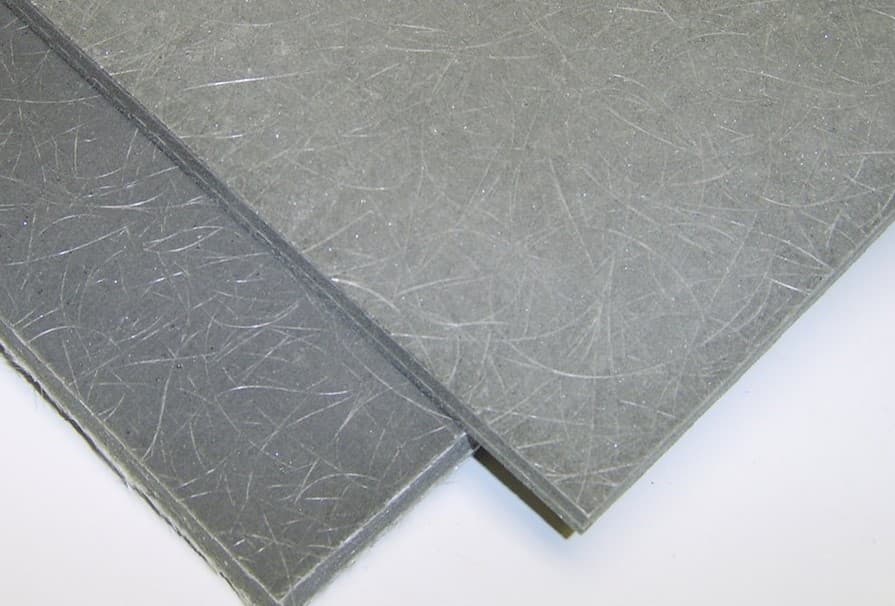There are consistently examinations of plywood to molecule board, yet by the day’s end, both are vulnerable to distorting. In such a manner, 3M Co. has created 3M Reinforced Polyurethane Foam, which a said to be a lightweight, decay-safe option in contrast to plywood without really any gamble of twisting.
The froth sheets have high strength in light of their fiberglass support which allows them to go into underlying and semi-primary applications. Since the sheets are waterproof areas of strength for and, target applications that incorporate marine, transportation, and general development.
One of their benefits over plywood is a weight investment fund going from 30 to 60%.
The supported froth is accessible in five densities going from 15 to 26 lb/ft3. (For examination, plywood densities ordinarily range from 30 to 43 lb/ft3.) The supported froth is sold in 4×8 plywood and furnishes clients with a straight, level board that is not difficult to work with. 3M’s supported froth can be molded with normal carpentry instruments and gives a preferred bond over wood due to its low dampness content.
I’m considering supplanting pivoted entryways with 4ft wide top draped painted boards as sliders. In northern Ohio. Is there a 4×8 plywood type that is sufficiently steady to not twist? Could ACX or marine grade do the trick, or perhaps a siding material? Could steel or aluminum u-channel affixed to the long sides give sufficient support?
The typical cost, contingent upon the thickness, the quantity of plys, and aspects, is somewhere in the range of $45 to $215+ per sheet. A typical incomplete 3/4″ x 4′ x 8′ AB marine plywood board, for instance, can retail for about $70. To cost per square foot tends to be between $2 to $3 for the materials alone.
How Do You Choose the Right Plywood?
Many elements decide the appearance and cost of improving the facade utilized in States hardwood plywood boards. Having the option to pick a precisely perfect blend to accomplish the ideal appearance is important for what pursues hardwood plywood such a well-known decision for creators, designers, experts, and other carpentry experts.
PLYWOOD SIZES
Plywood can get somewhat aggravating, which is the reason Mr. Handyman is here to help. At the point when now is the ideal time to purchase a couple of sheets for your next project, utilize the data beneath to ensure it’s the right size and thickness.
The 4′ x 8′ size relates to the dividing on floor joists, rooftop supports, or wall studs for simple establishment. The following normal size down is 5′ x 5′ and will cover 25 square feet.
Many home improvement stores sell more modest sheets, or they could slice them to measure for you for simple transportation.
How Thick Is Plywood?
Plywood comes in a wide range of thicknesses, and the size you purchase will rely upon where it’s being utilized. Plywood comes in various thicknesses going from 1/8″ to multiple”.
For material or deck applications, the thickness will rely upon the support or joist separating. For normal beam and joist separating (24″ on focus) 5/8″ plywood is suggested. In any case, it’s in every case best to check with neighborhood building regulations to be sure.
Remember that the thickness names are not frequently the genuine thickness of the sheet. This is normal with sanded sheets of plywood where up to 1/32″ of the material might be eliminated by the sanding. When it raises a ruckus around town, that 3/8″ sheet of sanded plywood is truly 11/32″, and that 3/4″ thick sheet is truly 23/32″. Simply remember this while purchasing sanded plywood (Grades An and B).
Remember, a 4′ x 8′ sheet of 3/4″ plywood weighs 60 pounds! Make certain to have some assistance while stacking or dumping sheets without anyone else.





